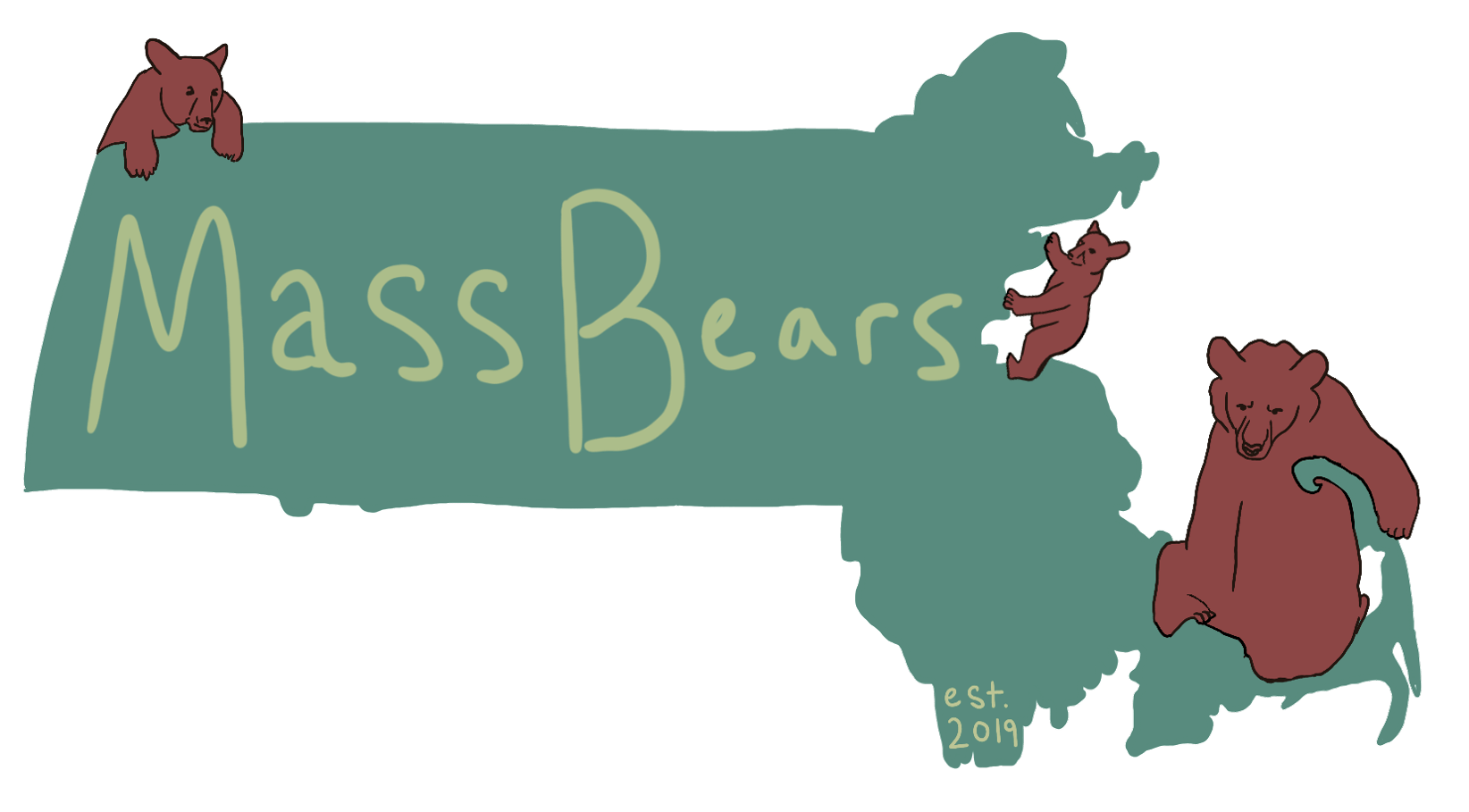Wow, what an incredible 3 weeks it has been! I can hardly believe it’s been that long already. I guess it’s true what they say – time flies when you’re having fun!
And I have been having a TON of fun. Going into my very first field season this year, I was a little bit nervous, because I had no idea what to expect. I knew that we’d be hiking through the forest and doing our best to collect some bear hair, but beyond those details, I was going in without a clue. But I had nothing to worry about – this experience has been hugely enjoyable.
Getting to spend so much time in nature is really rewarding; the woods are gorgeous in a way that’s hard to appreciate without being fully immersed in them like we are when we trek through them. As we walk to the sites, we get to listen to the birds calling all around us and examine the underbrush for animal tracks and scat. It’s very peaceful, being surrounded by nothing but trees and bird calls.

A few of our sites are set up with field cameras, and although there are always the exhilarating pictures triggered by a particularly strong gust of wind (whee) and the occasional squirrel, we’ve gotten some great shots of bears too!
A momma bear and her yearling – a cub that’s over a year old. We believe the smaller bear is a yearling because of its size – although it is smaller than Mom, it’s a bit big for a cub! Around this time of year, yearlings start separating from their mothers, so it might be on its own soon. In the meantime, though…

…it’ll keep having fun and doing bear things, like licking and scratching this tree!
This bear was also curious about our study site, but might have been a little bit more curious…

…about the camera itself.
We’ve also been finding other fun organisms along the way, especially on or after a rainy day.

These wood frogs have been our constant companions – you find them at nearly every site! I’m getting better at catching them now, but this picture was very hard-won!
These are Eastern newts, one of the more common North American newts. The bright orange ones (often called red efts) are the juvenile stage, and live on land, where they are frequently almost stepped on by us as we make our way to the study sites – thank goodness they’re so bright! We’ve also been lucky enough to get to see their adult form, which is aquatic and much more dully colored.


The lab has been fun this week, but I can hardly wait to get back into the field!
– Jac
Jacqueline Brooks is a senior undergraduate thesis student at Amherst College. She began work during the week of 05/27/19; this describes her experience.

You must be logged in to post a comment.